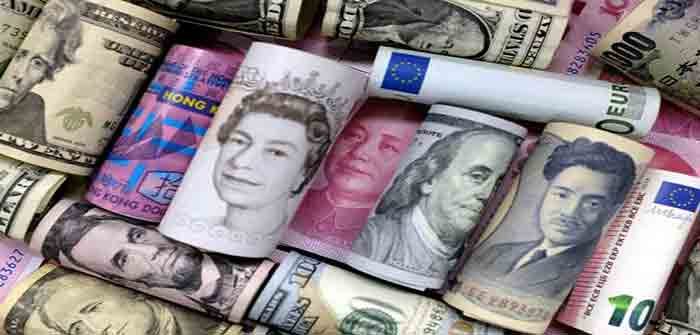
by Joseph C Sternberg at Wall Street Journal
Ladies and gentlemen, the dollar emergency has arrived.
It has been clear for some time that exchange-rate chaos was a major global risk, though many have been slow to acknowledge it. The danger arose from the determined, almost obstinate disorganization among major central bankers combating inflation each in their own dysfunctional way. The resulting swings in currency values (as a shorthand, let’s describe it here primarily as dollar strength) were destined to ripple through the global economy in ways that would be hard to predict.
And here we are. Microsoft and IBM are among the big names on a growing list of American companies reporting stress in part because the exchange rate weighs on dollar-denominated overseas earnings. Europeans, whose common currency slid below parity with the dollar two weeks ago, find a deteriorating exchange rate stoking inflation, especially via energy prices. Ditto Japan, where the yen bobs at multidecade lows against the dollar.
As the global economy evolves apace, so do the vectors by which currency chaos can hobble it. Long gone are the days of assuming a mechanistic relationship between a falling exchange rate and rising export competitiveness or vice versa. Rapid exchange-rate swings now transmit themselves via rampant foreign borrowing in dollars (up to $13.4 trillion at last count) or trade invoicing denominated in dollars even when neither party is American. Both mechanisms widen the scope of financial distress among ordinary companies when rates swing.
Meanwhile, measures that once protected against currency fluctuations…
